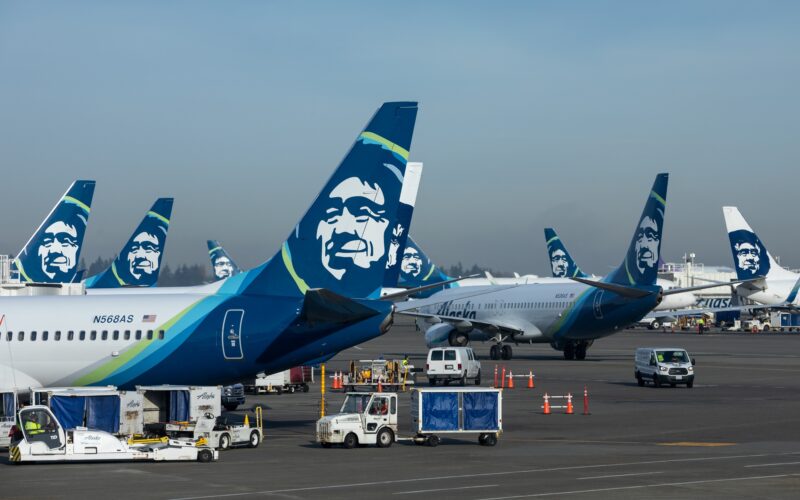Being a relatively mature market doesn’t prevent the US airline industry from seeing a fair degree of corporate action. This involves not only new market entrants, but also a wave of (attempted) consolidation taking place within the second tier of US airlines.
The JetBlue-Spirit Airlines acquisition started to look less and less likely to happen when a US District Judge endorsed the Department of Justice views that the deal would harm consumers through reduced competition. At that point, though, Alaska Airlines came out with a rather unexpected offer to acquire its smaller, warm weather counterpart Hawaiian Airlines.
What are the financial implications of these developments for the airlines involved?
Recently, AeroTime had the chance to speak with Jarrett Bilous, Managing Director, Sector Lead – Transportation and Aerospace & Defense at S&P Global Ratings, as well as with Annapoorni C S, Associate Director at the same credit rating agency, in order to get their expert view on these deals and their outlook for the broader US airline industry.
One thing that stood out immediately was that neither of the experts was especially enthusiastic about the aforementioned acquisitions.
Though Alaska Airlines retains its BB rating for now, following the acquisition announcement, S&P Global Ratings revised Alaska Airlines rating outlook to negative (meaning there is a one-in-three chance of a downgrade).
In the experts’ view – while acknowledging that there are some potential operational synergies between the two carriers, mainly deriving from their fleet and network complementarity – the cost of acquiring the lower-rated (B-) Hawaiian Airlines can be seen as a negative that might weigh down the better-performing Alaskan carrier.
What happens during the next 12 -18 months as the deal is reviewed by the competition authorities will be key to assessing the financial standing of the combined entity.
As for the other major deal in the airline industry, namely the JetBlue-Spirit Airlines saga, S&P’s experts were clear in regarding the latest court decision as a positive development for JetBlue.
This is by no means a new position. When the deal was first announced, S&P Global Ratings revised JetBlue’s outlook to negative, as it was considered that adding the financially weaker Spirit, plus the costs associated with the transaction, would affect JetBlue’s financial standing. One might say that the judge’s decision has helped JetBlue to dodge a bullet.
For Spirit Airlines, however, remaining alone is not a strong prospect. S&P Credit Ratings is concerned about the carrier’s short-term debt refinancing and have given it a CCC+ rating with a negative outlook.
When it comes to the broader US airline industry landscape, of the three largest US airlines, only United Airlines (rated BB-, stable outlook) and Delta Air Lines (BB+, positive outlook) had presented results (American Airlines remained as B+, stable outlook) at the time AeroTime spoke with the S&P Global Ratings. Also worthy of mention was Southwest Airlines, the other carrier of the so-called ‘Big Four’ airlines, which, from a financial point of view, is in a reasonably stable situation, with a credit rating that reflects the fact that it holds more cash than debt.
However, both S&P experts provided some insight into the state of the industry, pointing out that capacity growth remains somewhat subdued, in part due to capacity constraints that may take some time to fix. Even if costs are likely going to rise a little higher, the earnings outlook is stable. Overall, they foresee domestic demand, a particular source of concern for some investors, remaining strong.

